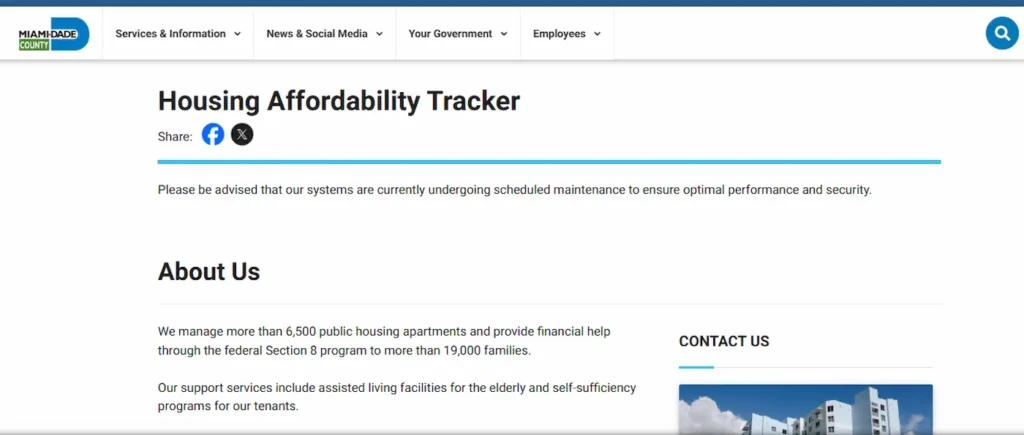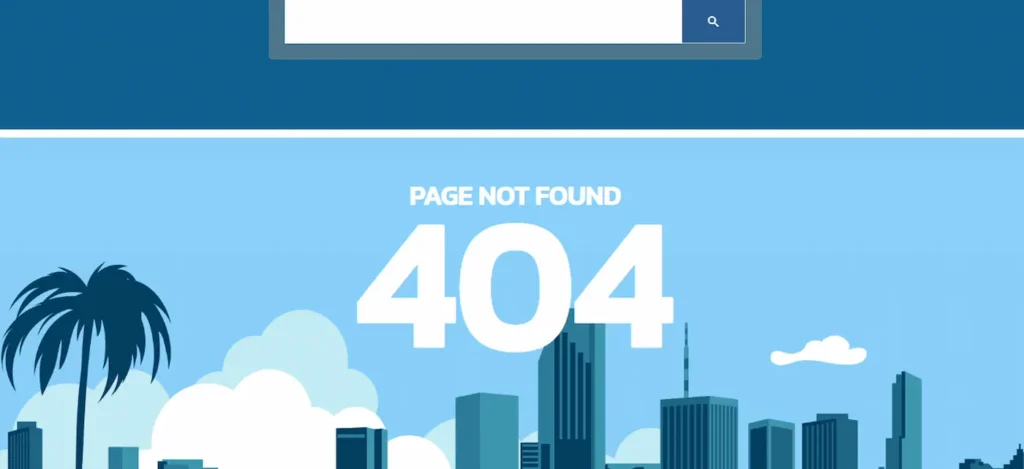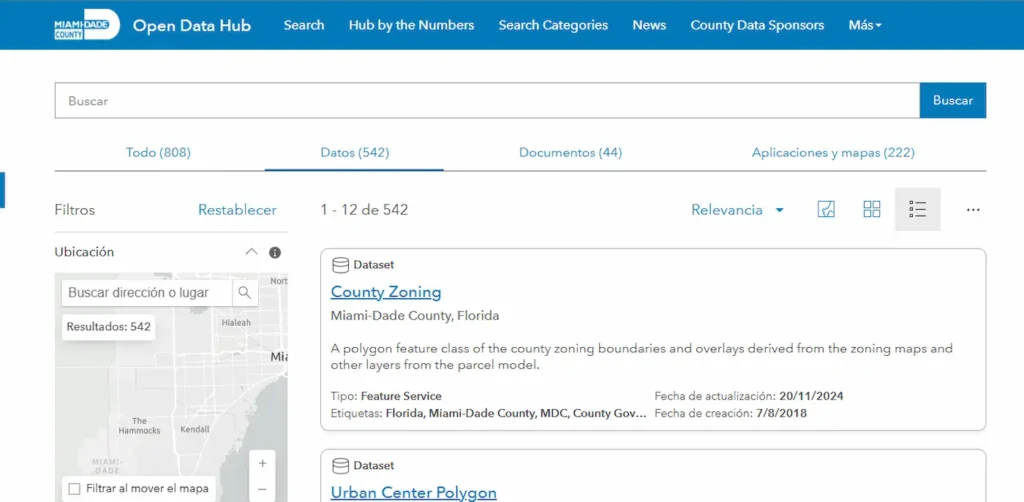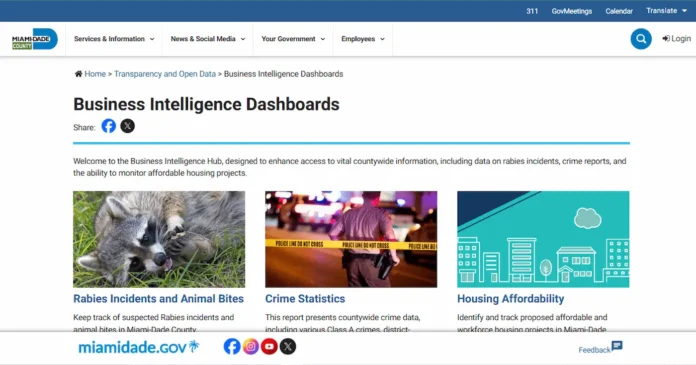|
Getting your Trinity Audio player ready... |
Tabla de Contenido/ Table of Contents
Transparency in Miami-Dade County Activities: Analysis of Data Accessibility and Public Transparency
Miami-Dade County has committed to ensuring transparency through its digital platforms. However, some users have reported issues accessing crucial public data on official portals, raising questions about the county’s adherence to transparency principles.
Identified Cases of Limited Access to Critical Information
Housing Affordability Tracker
The official Housing Affordability Tracker portal (Housing Affordability Tracker) is intended to provide access to updated data on affordable housing in Miami-Dade. However:
- The issue: Despite the page description, the link to the updated database on affordable housing is not clearly displayed or publicly accessible.
- Impact: This makes it difficult for residents to assess available housing options or track the effectiveness of the county’s housing programs.

Crime Statistics Page
A similar issue is observed on the crime statistics page of the Miami-Dade Police Department (Crime Statistics Page).
- The issue: The page intended to provide data on crimes in the county results in a 404 error, indicating that the link is broken or the information is unavailable.
- Impact: Lack of access to this data affects residents’ and organizations’ ability to analyze public safety trends, evaluate crime prevention policies, and promote community initiatives based on reliable data.

GIS Open Data Portal
The GIS Open Data Portal (GIS Dataset Portal) is advertised as a resource for accessing datasets on infrastructure and public projects in Miami-Dade County. However:
- The issue: The portal does not display updated data on many ongoing projects, and critical information such as project timelines, start dates, and current status is missing.
- Impact: Without accurate and up-to-date information, residents cannot monitor the progress of infrastructure projects or evaluate whether timelines and budgets are being met.

Where Does Transparency Stand if Data Is Not Accessible?
These issues highlight a contradiction between the county’s stated intention to be transparent and the user experience when accessing key information. The lack of functional links or explicit databases on official platforms raises several concerns:
- Inequitable Access: Transparency is not achieved if data is not accessible or visible to all users.
- Institutional Credibility: Technical errors, missing data, and outdated information can undermine public trust in government administration.
- Barriers to Civic Participation: Without clear and accessible data, residents cannot effectively evaluate or participate in decisions related to housing, safety, and infrastructure projects.
Recommendations to Improve Transparency
- Regular Review and Maintenance:
- Periodically verify links and databases across all official pages to ensure functionality.
- Content Updates:
- Include maintenance notices or temporary redirects when a database or page is under review.
- Clear and Explicit Links:
- Ensure that links to databases, such as affordable housing, crime statistics, or infrastructure projects, are easy to locate and fully functional.
- Project Details:
- Provide detailed information on each project, including start and end dates, current status, and timelines for completion, within the GIS and other open data portals.
- Direct Communication:
- Provide a clear contact option on each page for users to report technical issues or request missing information.
- Alternative Access Methods:
- If data cannot be provided online temporarily, offer alternative methods such as email requests or public access forms.
Conclusion
While Miami-Dade County has made significant strides in digitizing public information, issues such as broken links, inaccessible databases, missing project timelines, and outdated information highlight the need to strengthen transparency and accessibility on its platforms. Resolving these issues will not only rebuild residents’ trust but also fulfill the county’s commitment to being a model of open and accountable government.
References
- Housing Affordability Tracker
- Crime Statistics Page
- GIS Dataset Portal
- Miami-Dade Transparency Portal
- Infrastructure and Public Projects Portal
Want more post like this?
Head over to our homepage for the latest updates from South Florida and beyond:











